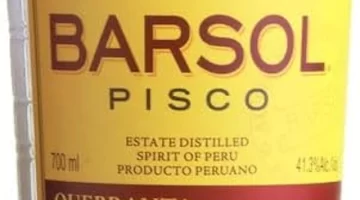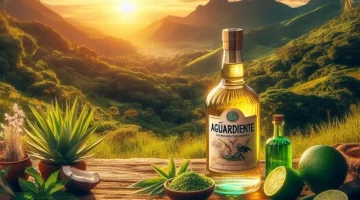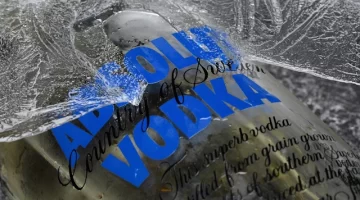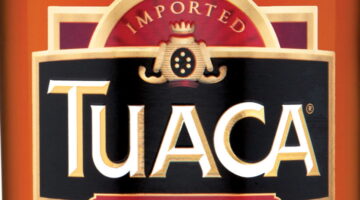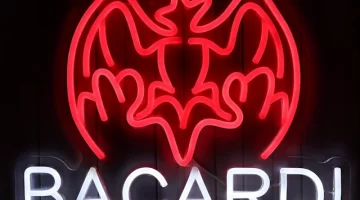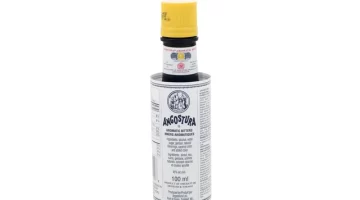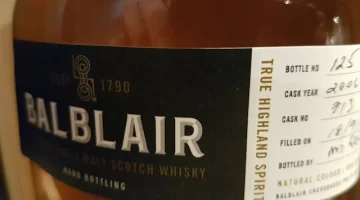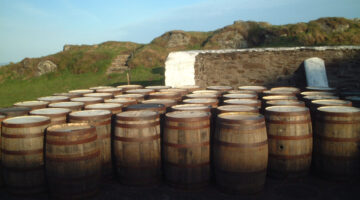Patron Tequila Distillery Tour
Travel Distilled visits the Patron tequila distillery in Jalisco, Mexico, to see how the world’s first ultra-premium tequila is made.
Patron is one of the biggest names in tequila, and seems to have been around forever. It’s surprising to discover, then, that in 2019 it will only be celebrating its 30th anniversary – a baby compared to some tequila distilleries.
The company was founded in 1989 when two business entrepreneurs, John Paul Dejoria and Martin Crowley, fell in love with tequila and decided to make the best tequila possible. They succeeded, and their company, Patron (‘the good boss’), became the first to make an ultra-premium tequila, a category which previously didn’t exist.
Back then it was rare for any exported tequila to be made from 100% blue agave plants. The good stuff that was produced tended to stay in Mexico, and the rougher stuff was exported. This gave tequila a bad rep in the spirits world at the time, especially in the USA where most of the exports went. Patron changed all that, though it took a long time for drinkers to realise that tequila could be as sophisticated and complex as any other spirit.

Patron Tequila Distillery Tour
In Patron’s first year they made 12,000 bottles and sold them for a whopping $37 each. That’s the equivalent of $75 in today’s money. But they did sell, and today at its distillery on the edge of the little town of El Nacimiento in Jalisco, Patron employs 1600 people as our guide Mariana Sanchez explains.
‘We have 400 people working in the bottling plant,’ Mariana says, ‘where everything is done by hand as it has been since we started. We could mechanise it tomorrow and have the whole thing taken care of by about 10-12 people and computers, but we cannot put 400 people out of work. We are part of the local community, and we look after each other. We would also lose our traditions.’

Although it’s a relatively new company, Patron likes to use traditional methods. One of these is to crush the cooked agave using the tahona process, which only a handful of distilleries do. The tahona is a large circular piece of volcanic stone which is turned like a millstone and separates the juice from the fibre before fermentation. Patron has ten tahona pits in five separate parts of their huge distillery, and they are working constantly in what is a labour-intensive process.
In each of the five tahona areas they also have eleven copper pot stills. Six are tall and skinny, for the first distillation, and five are shorter and rounder, for the second distillation.
Before maceration the agave are cut into even pieces, for cooking.
‘They cook for 79 hours,’ Mariana says. ‘Not 78, not 80, but exactly 79 hours. We find that 79 hours gives us the best results. We don’t own the agave fields, but we work with people who have been growing agave for generations.’
What makes Patron unusual, though, is that as well as the tahona process they also use the more modern roller mill process to separate juice and fibre from some of the blue agave plants. Their original Patron Silver is a blend of tequilas from the two processes, although their Roca Patron, introduced in 2014, is a more artisanal tequila which uses only the ancient tahona process.
 We discover the difference between the two processes, and the importance of blending, at the tasting that takes place at the end of the tour. One of the pleasures of touring several tequila distilleries in quick succession, which I was lucky enough to do recently, is that they all try to make their tours and tastings different.
We discover the difference between the two processes, and the importance of blending, at the tasting that takes place at the end of the tour. One of the pleasures of touring several tequila distilleries in quick succession, which I was lucky enough to do recently, is that they all try to make their tours and tastings different.
At Patron the tasting is definitely an education. We’re given glasses containing two tequilas at 55% ABV, one made using the tahona process, the other by the roller mill process. Two more glasses contain tequilas at 40% ABV, again made using the two maceration processes. We’re invited to taste the difference in the results.
At 55%, the roller mill tequila is predominantly alcohol and agave. Cleansing the palate and trying the same tequila but made using the tahona process, the alcohol is much less evident, making it easier to drink. It’s the exact same alcohol content, but it tastes less strong and is more flavourful.
The 40% tequilas are the same as the 55% tequilas but diluted to a more conventional strength using distilled water. The differences between the roller mill and the tahona tequilas are still evident, with the tahona being more complex and easier still to drink. It’s not that one is better than the other, we’re told. They’re simply different and will appeal to different palates.

We’re then asked to combine the two 40% tequilas to effectively make our own Patron Silver, which is a blend of both processes. The result is different yet again, and probably the tastiest of all. It is smoother than either of the two tequilas on their own, with a slightly sweet taste and hints of the earthy agave and the tang of citrus fruits.
Later we do another fascinating comparison tasting, this time of tequilas aged in some of the different barrels that Patron uses. The first has been aged for eight months in used American oak whiskey barrels. It’s a bright, golden colour, with both the nose and the palate having touches of wood and vanilla from the barrels, along with the tequila’s own citrus and agave. This one they recommend for margaritas.

Next up – or down – is tequila aged for 5.5 months in French Allier oak barrels, which is a tight-grain oak. Even though it spends less time in the barrel than the first, it is a deeper colour because of the type of wood. There’s more wood on the nose and in the mouth, too, but with sweeter fruit tastes, like peaches rather than citrus.

Third choice is an American and French oak hybrid, aged for 17 months. It spends twice as long in the barrel as the first sample, but emerges a similar colour because the barrels are older and give less colour to the tequila. There’s more sweet vanilla to the taste, alongside the agave, lime and lemon notes.
Finally is a tequila aged for twelve months in wide-grain French Limousin oak barrels, the kind used for ageing cognac. It has more colour than the previous sample, more wood and less vanilla, and instead of citrus the aroma and taste is of pears and apples.
It’s a fascinating tasting experience, showing off the complexities of making tequila, and the almost infinite variations possible.
Inbetween the two tastings we were shown an unexpected side of the distillery – its recycling area. I’d discovered the importance of recycling when I’d visited the Altos Distillery earlier in the week. At Patron they have a composting area which is the size of seven soccer fields, and they use a reverse osmosis system to recycle 70% of the waste water. The remaining 30% goes to the compost area. The compost is used in the attractive gardens around the distillery, and to help grow vegetables used in the kitchens at Hacienda Patron, their private guesthouse for special visitors.
Some of their 1600 employees work at the Hacienda, and as we walk round we see some of the yellow American ex-school buses which bring in the workers for their different shifts, and take them home again. I think back to the bottling plant where some of the 400 people were clearly enjoying themselves, listening to music, gossiping, laughing, as they put the labels on the bottles by hand and did other jobs that could be done by machine. Good for Patron, for keeping the machines out and the people in work, and it’s also nice to know that by buying Patron Silver you’re helping the economy of this small town in Jalisco.
For more information visit the Patron website where you can do an amazing virtual distillery tour. No tastings, unfortunately, so have your own bottle of Patron ready!
Patron Tequila Virtual Distillery Tour
You can buy a wide range of Patron tequilas from Caskers or from Master of Malt.
All photos (c) Mike Gerrard.









